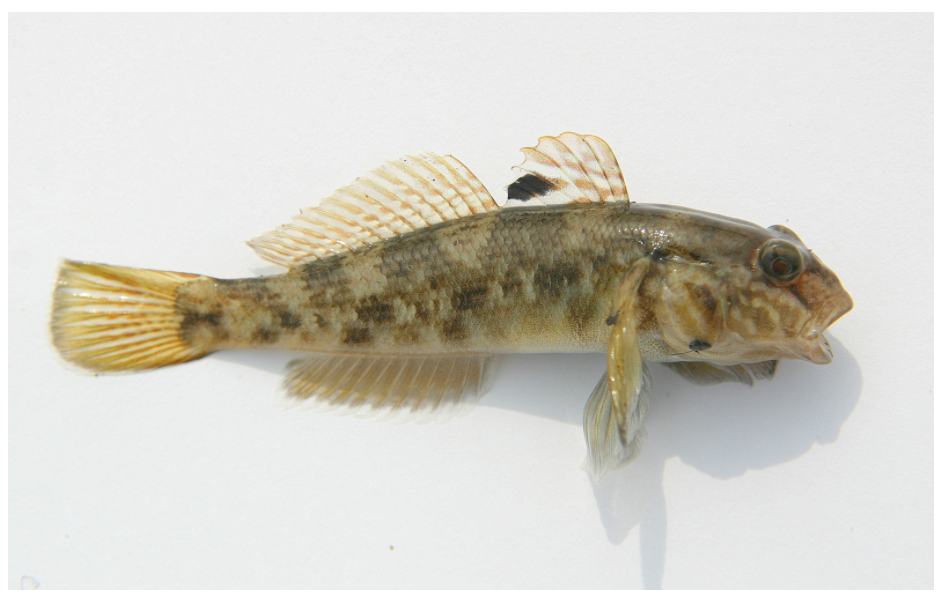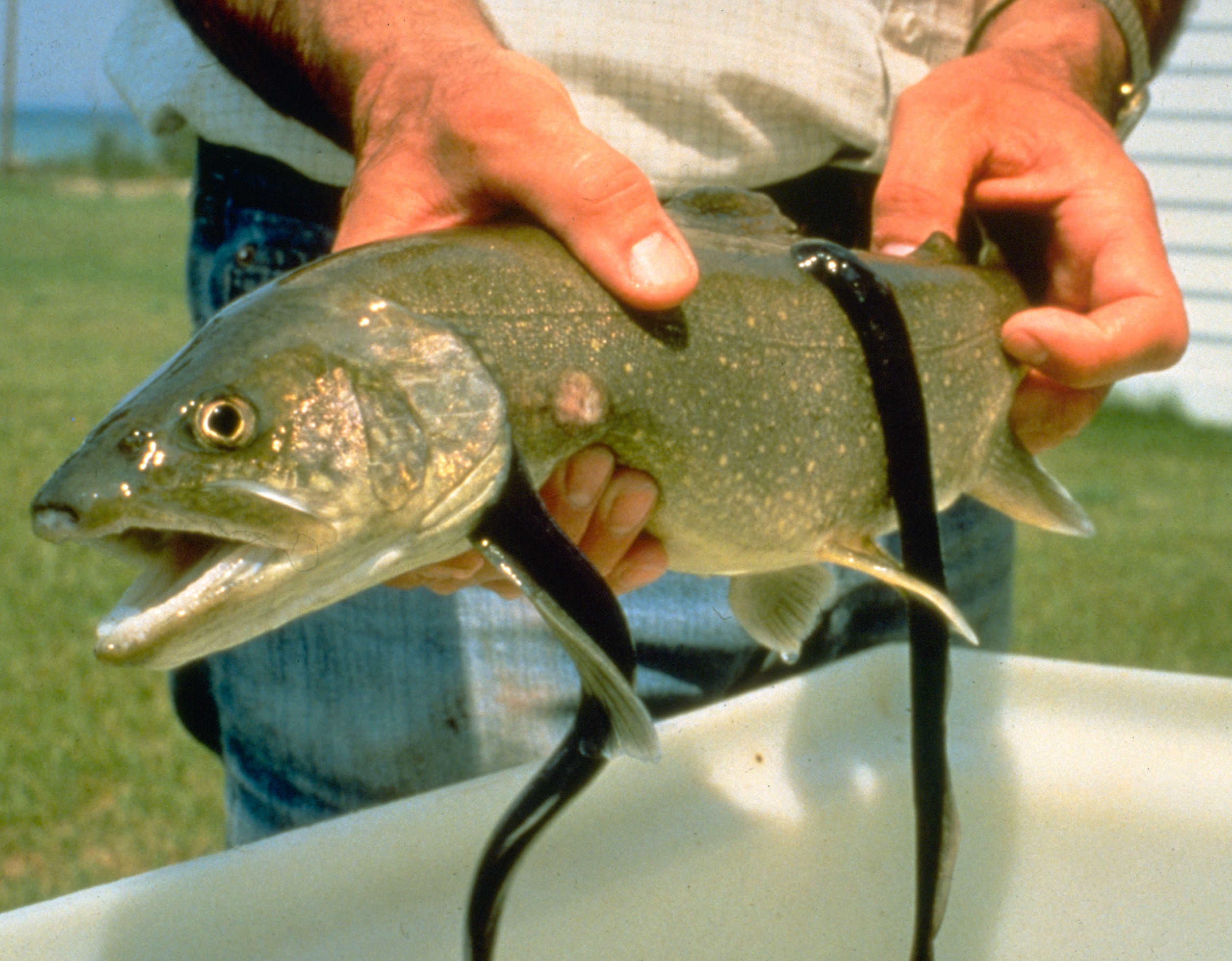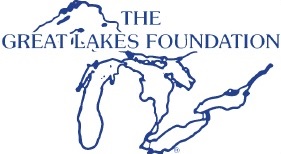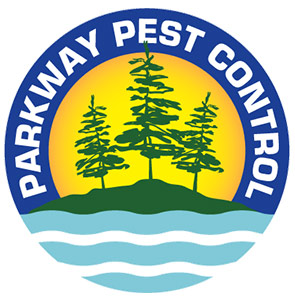Invasive Species
Invasive Species
An invasive species is described as an organism that causes ecological or economic harm in a new environment where it is not native. Invasive species are capable of causing extinctions of native plants and animals, reducing biodiversity, competing with native organisms for limited resources, and altering habitats.

Invasive Species Centre ©
Round Goby:
The round goby is a small, bottom-dwelling invasive fish. Native to the Black and Caspian seas in eastern Europe, it was first found in North America in 1990 in the St. Clair River north of Windsor, Ontario. It has now spread throughout all five Great Lakes and has begun to invade inland waters as well.
More info to follow soon.

Invasive Species Centre ©
Sea Lamprey:
The sea lamprey is a primitive, eel-like fish native to the northern Atlantic Ocean and the Baltic, western Mediterranean and Adriatic seas. Sea lampreys invaded the Great Lakes in the early 20th century through shipping canals and has now adapted entirely to fresh water.
More info to follow soon.

Photo credit to Dave McWilliam ©
Phragmites:
Phragmites, also known as the European common reed, is an invasive perennial grass that has caused severe damage to wetlands and beaches in Ontario for several decades. In 2005, it was identified as the nation’s “worst” invasive plant species by researchers at Agriculture and Agri-food Canada.
More info to follow soon.









































